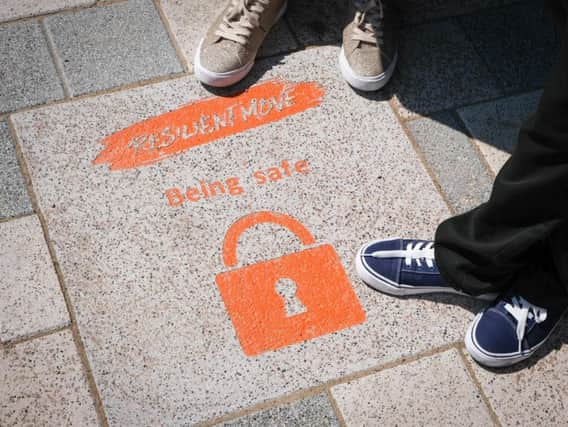Resilience Pathway: Here's what the 'Being Safe' paving stone means


This week’s move is ‘Being Safe’, which falls into our ‘basics’ category, as it’s a move we should all be doing.
This move aims to make sure we have a basic understanding of safety and how to spot if anything unsafe is happening around us, and what we can do about it.
Advertisement
Hide AdAdvertisement
Hide AdBeing and feeling safe in the local area is essential for the wellbeing of everyone in Blackpool, so it’s important to teach young people how to identify whether we are in danger and have the tools at hand to address the situation.
We spoke to Helen Parry, Resilience Coach at HeadStart on what we should do if we don’t feel safe in a situation. She said: “Hopefully, most of us do feel safe most of the time. However, if you’re not in that position and you don’t feel safe at home, work or school, then it’s important to let someone know.
“There are lots of people you can turn to for help, be it an organisation, a friend you can trust or perhaps even someone in the community that will signpost you to support.
“We have lots of useful information and a few key ones on our website, www.resiliencepathway.co.uk/portfolio/being-safe.”
Advertisement
Hide AdAdvertisement
Hide AdYou can also catch up on our weekly blog and learn more about the pathway at www.resiliencepathway.co.uk or find us on social media @HSBlackpool.
The Resilience Framework was developed by Professor Angie Hart and her colleagues at Boingboing, to find out more why not visit www.boingboing.org.uk.